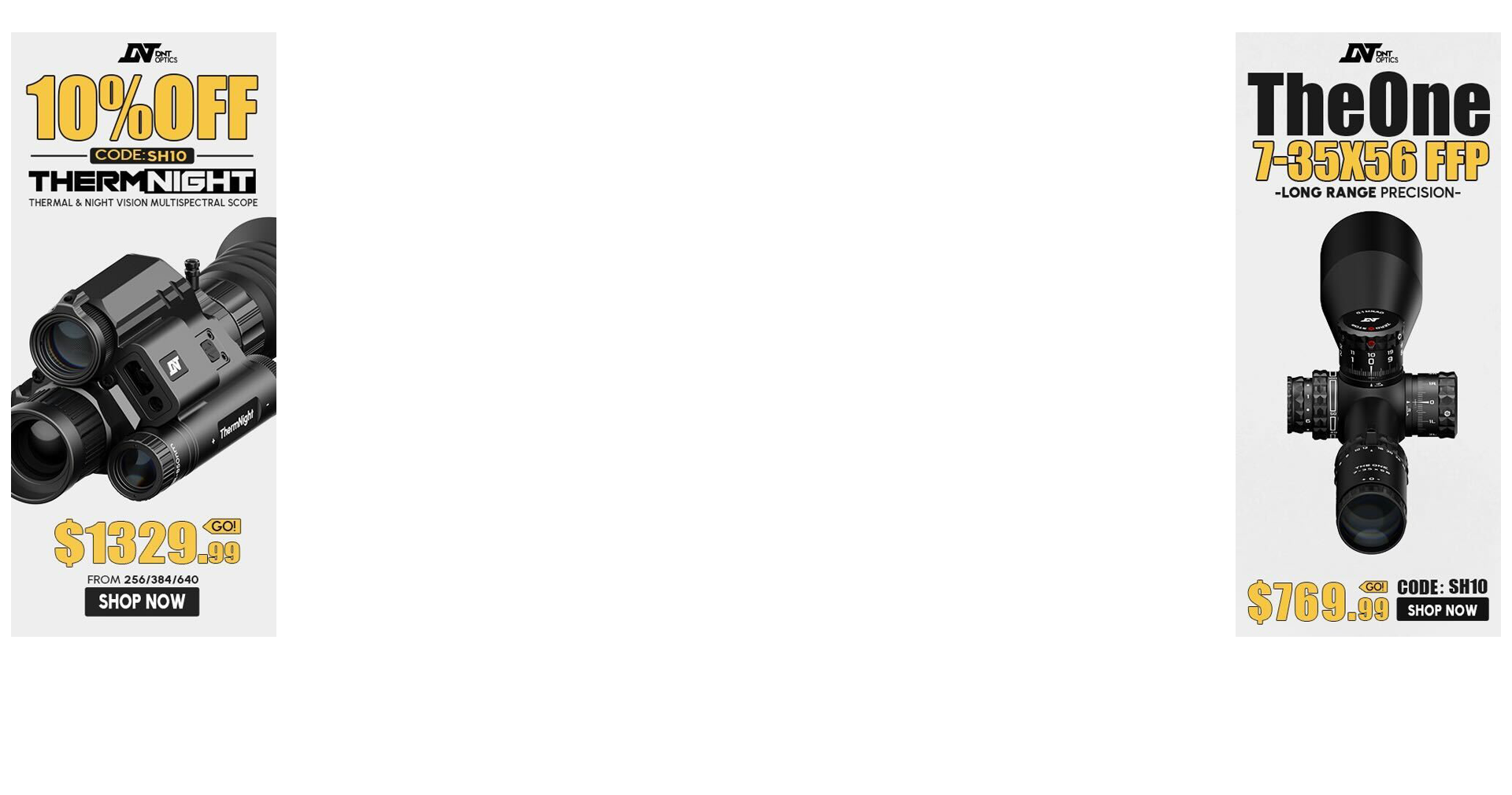Here’s the scoop, I’ve been reloading mostly pistol or for my AR for a couple of years now. In the last year I’ve purchased a Kimber SuperAmerican in 300WSM. Now I’m trying to get consistency down to an art with reloading for the 300. I’ve purchased close to 500 bucks in tools that I have seen suggested here on the forum. I’m actually getting pretty anal of how I reload for the Kimber.
But…..
I’m getting different spring back measurements in the Winchester “new brass” that I’ve been using for my test loads. My cartridge lengths (fire formed) run from 1.728 to 1.742 (out of 18 rounds fired)to the datum. How am I going to get a .002-.003 shoulder bump with so many different lengths?
I know I can fire perhaps 5 rounds before doing a FLS of the brass and just do neck sizing. Yet with the different fire formed sizes, doesn’t that affect the OAL? Or should I just worry about the length from the case head to the ojive?
TIA
But…..
I’m getting different spring back measurements in the Winchester “new brass” that I’ve been using for my test loads. My cartridge lengths (fire formed) run from 1.728 to 1.742 (out of 18 rounds fired)to the datum. How am I going to get a .002-.003 shoulder bump with so many different lengths?
I know I can fire perhaps 5 rounds before doing a FLS of the brass and just do neck sizing. Yet with the different fire formed sizes, doesn’t that affect the OAL? Or should I just worry about the length from the case head to the ojive?
TIA

